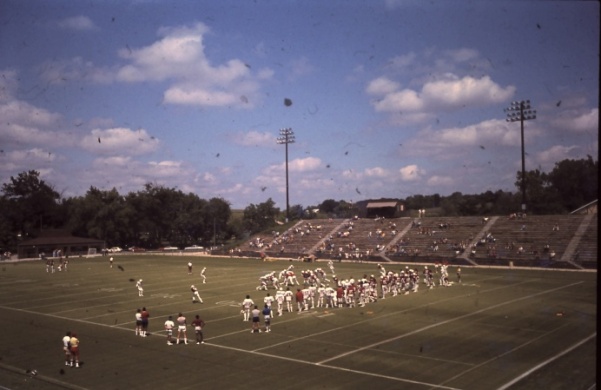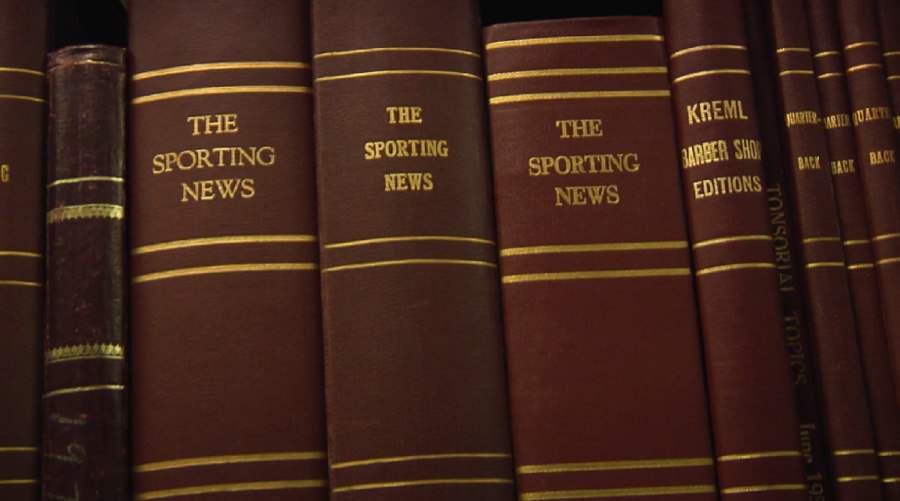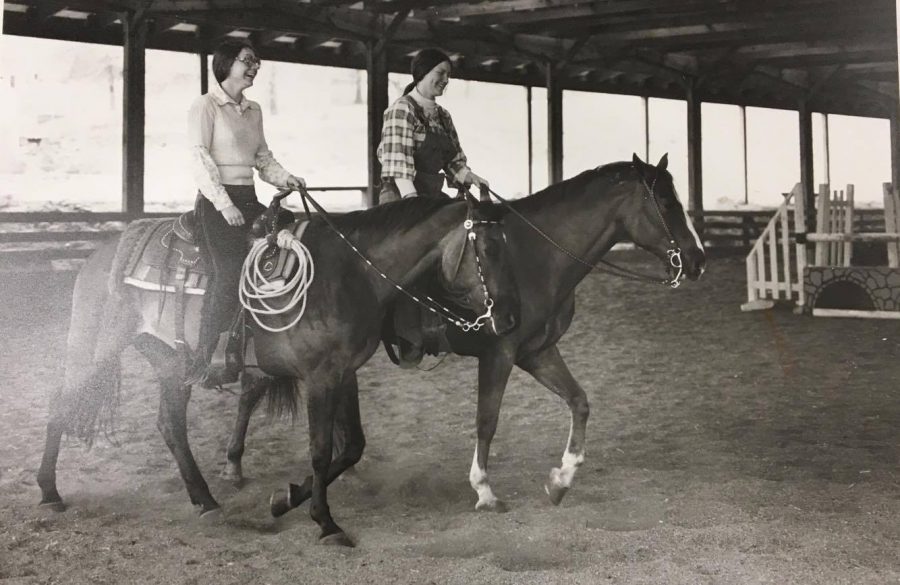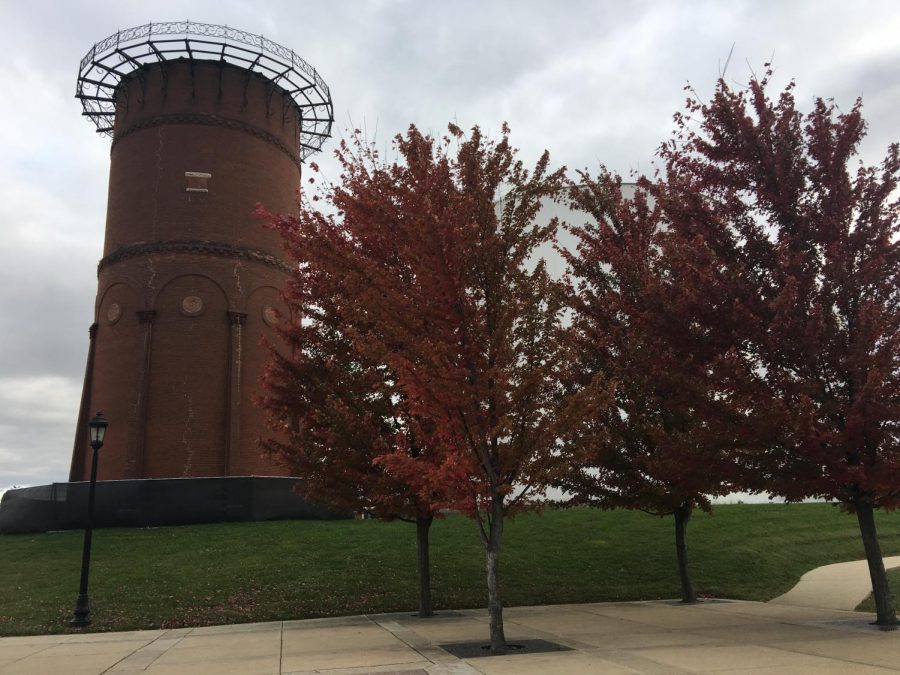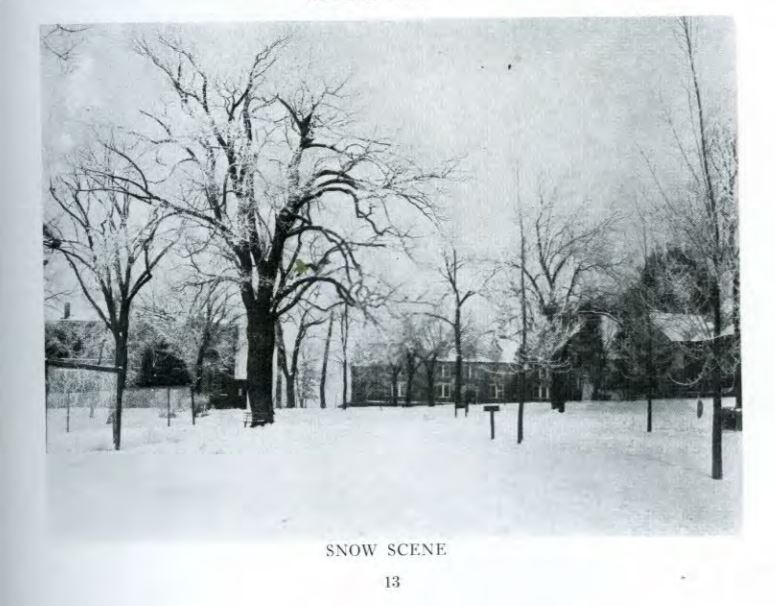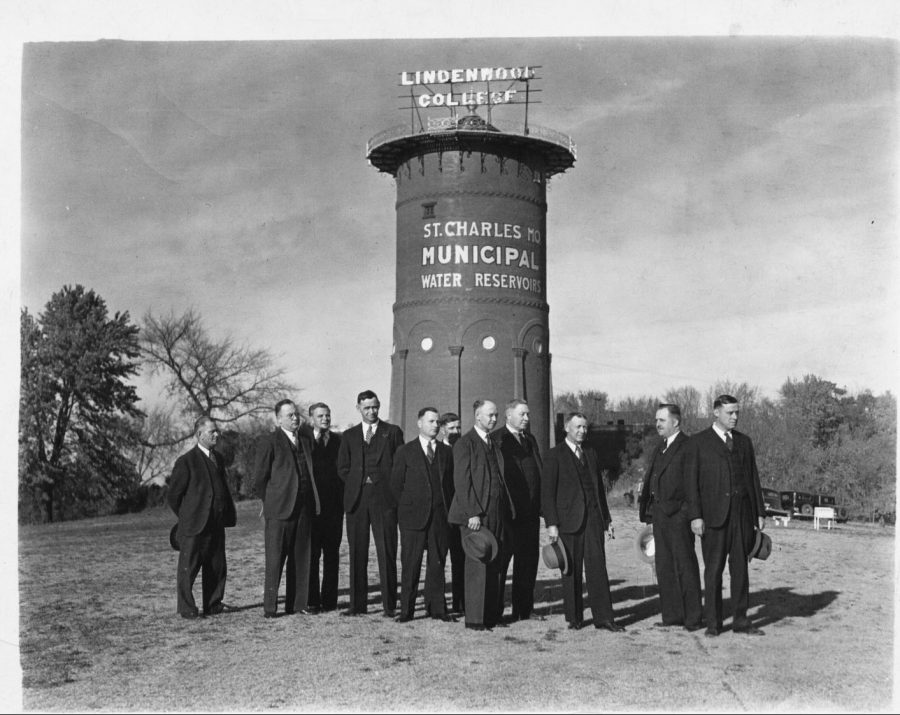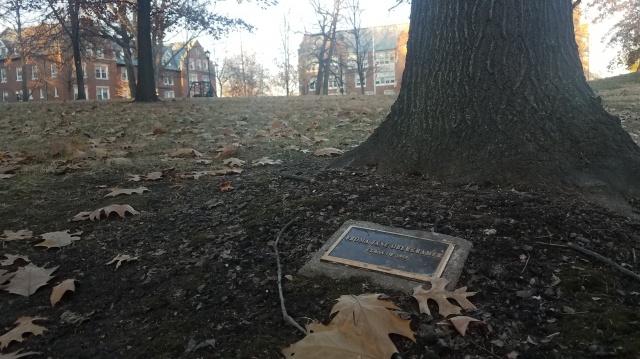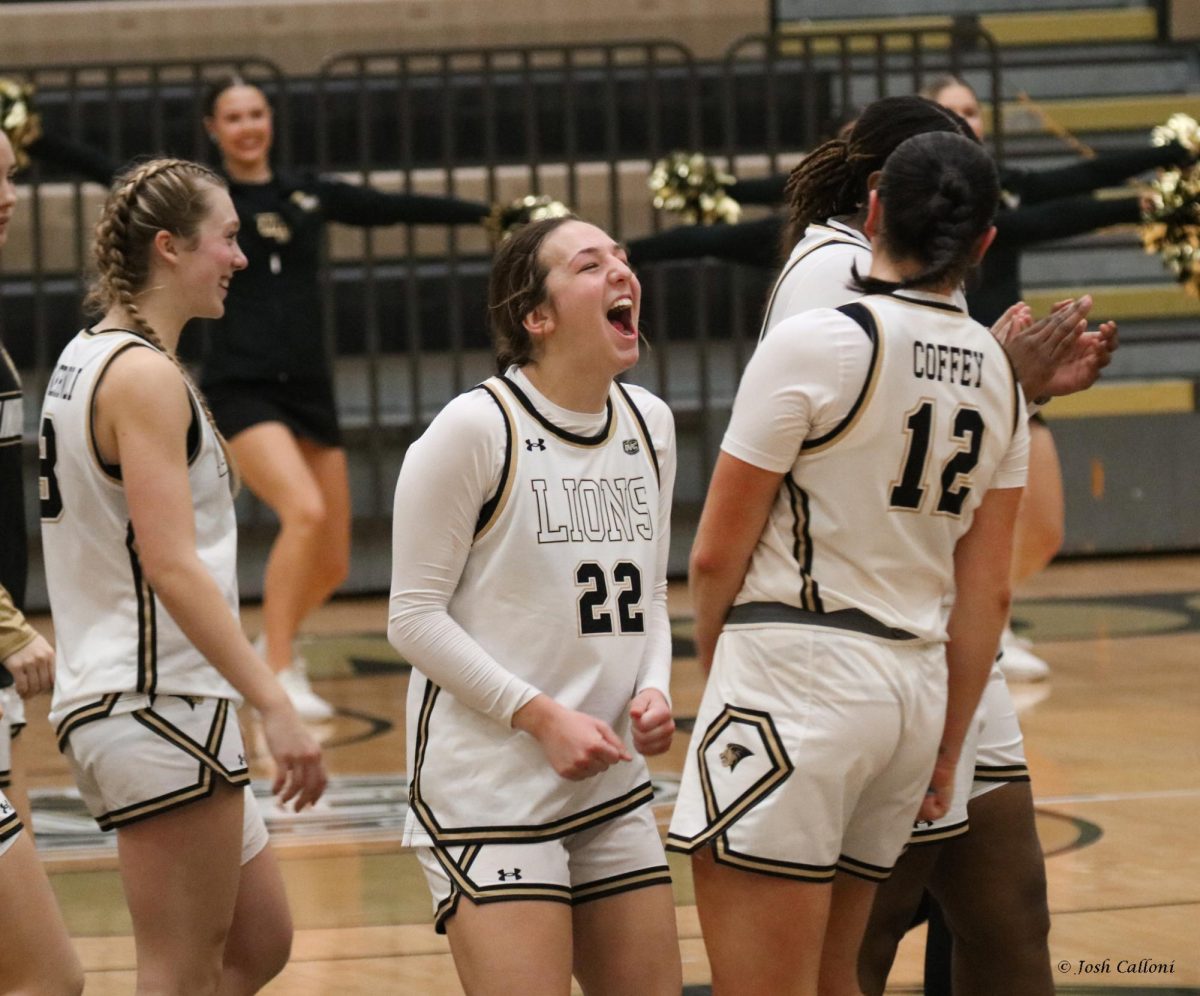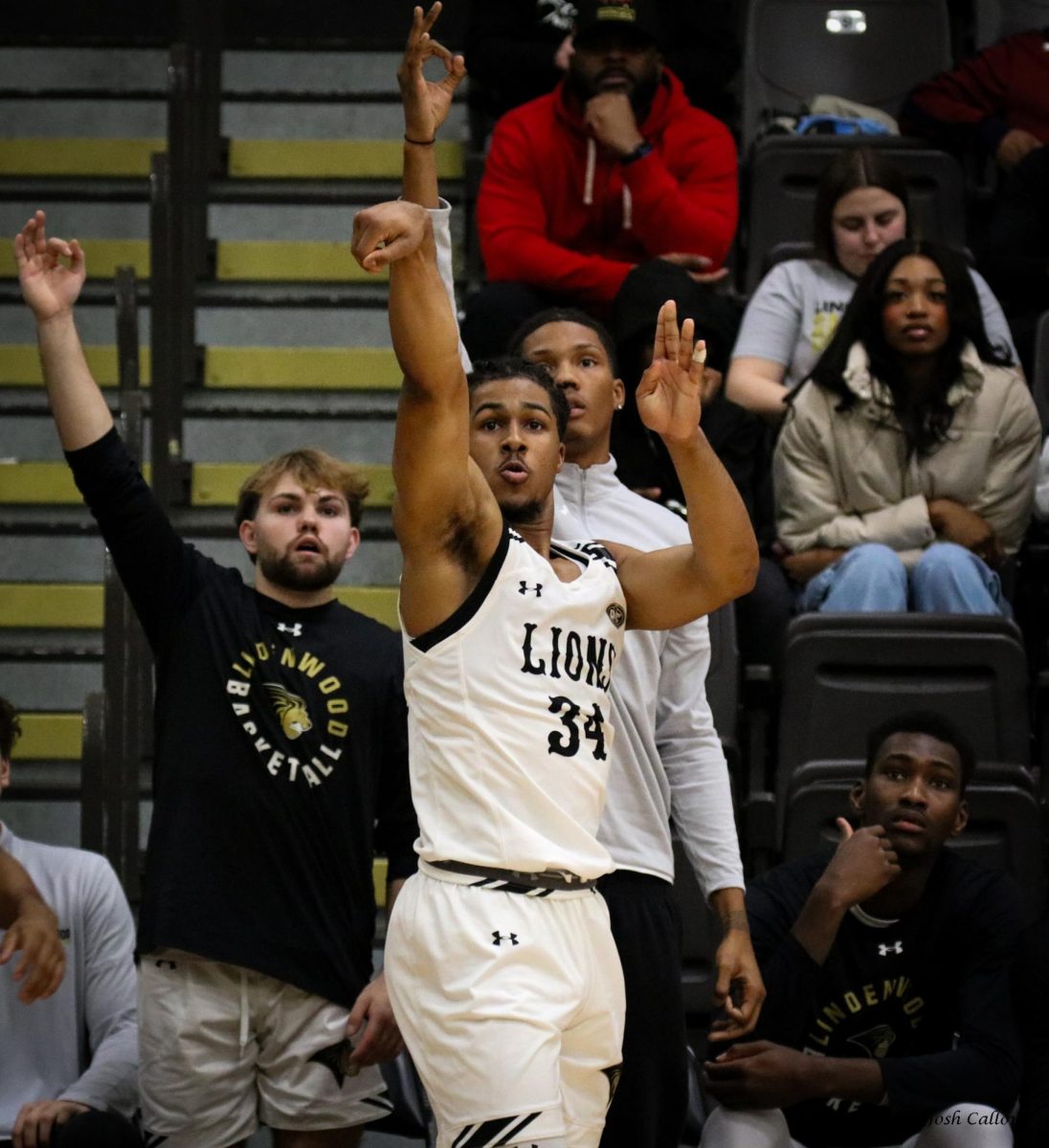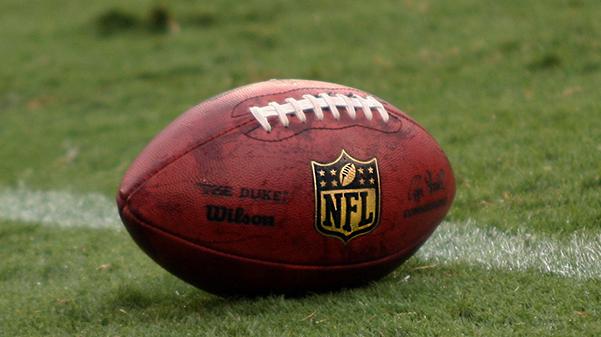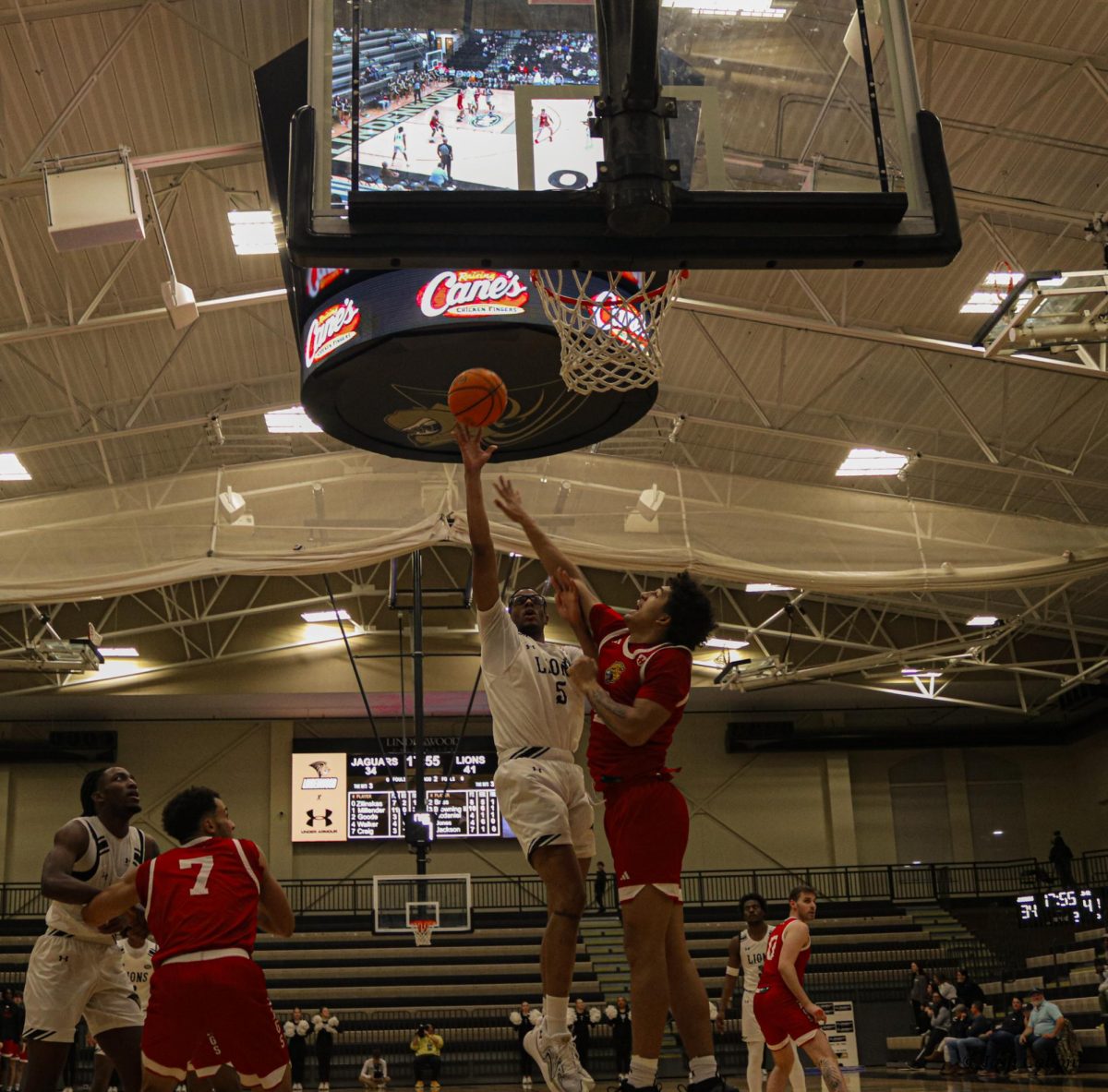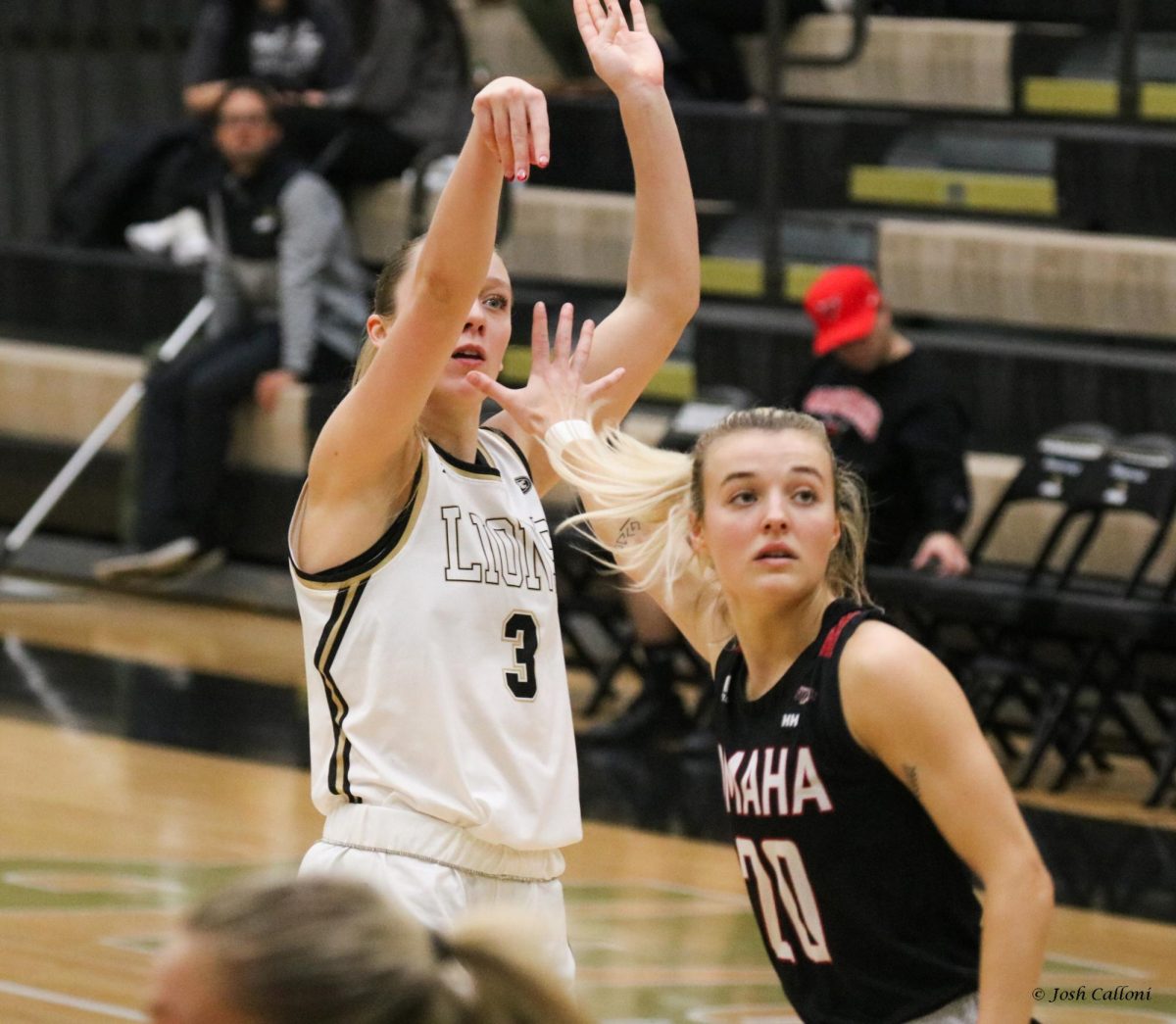MATT HAMPTON | Sports Editor
This is part two of a series about the evolution of athletics at Lindenwood, from the early years to the present day.
When Lindenwood was a women’s college, student activities ranged from battle-ball, a rough and tumble sport popular in the 1890s, to the popular horseriding program started in the 1930s. In the 1940s, the college sponsored its first intercollegiate sports for women, basketball and field hockey.
Fifty years ago, Lindenwood became a co-ed campus, but officially, the men were part of a separate college called Lindenwood II. The transition to co-ed lead to the humble beginnings of men’s sports. Despite difficulties, many foundations were set during the 1970s and 80s, from the creation of the school colors to the building of Hunter Stadium, originally an NFL practice field.
The Early Co-ed Era (1968-1989)

Photo from Marc Askenasi.
The number of male students at Lindenwood was only in the dozens in the late 1960s, but they created the opportunity for men’s sports at the college.
Keith Askenasi, a New Jersey native who transferred as a junior in 1969, took that opportunity and played a major role in founding Lindenwood intercollegiate men’s sports.
Askenasi approached administrators with the idea, and the dean appointed him student athletic director. Then, Lindenwood hired Coach Larry Volo and worked to prepare a men’s soccer team for 1970-71.
Askenasi, who also founded sportscasting at the KCLC campus radio station, said that during dinner in Ayres Cafeteria, he and a group of athletes coined the Lions name and colors that would persist to today. Other mascots considered were leopards, and they were “half-joking” about lizards or llamas.
“It was a pretty easy decision to go with lions,” Askenasi said. “The only objection, of course, was you had Penn State, the Nittany Lions, and the Detroit Lions in football, but that didn’t seem to bother us.”
As for the colors, Askenasi said he was a fan of the black and gold Pittsburgh Pirates, and the women used gold and white.
But men’s soccer struggled to find talented players in a small population of male students. He said only eight players showed up to the first practice.

Photo courtesy of Marc Askenasi.
Men’s soccer lost its first match 0-15. Over the 1970 season, the Lions were outscored 153-7, without a single win.
“I was the starting goalie or starting punching bag, however you want to look at it,” Askenasi said. “They actually nicknamed me Cinderella because I was always late to the ball.”
Among Askenasi’s teammates that year was his brother Marc, then a freshman, who, in the Lions’ sixth game, scored their first goal.
Marc Askenasi, an art major, said the new team improved bit by bit despite its inexperience. One sign of progress he remembered: the Lions lost to Harris Teachers College 22-0 in their first home game, and later in the season only lost to them 6-2.
Because the St. Louis area was home to some of the top college soccer teams in the country, including St. Louis University, the Lions were able to improve by playing against the best.
“When you play a good team, no matter how good or bad you are, you learn to play better,” said Marc, a forward.
That year also saw the creation of men’s basketball, which finished its first Greater St. Louis Small College Conference season 5-11. Until 1972, the coach was Dr. Ed Eddowes, a psychology professor who had to teach himself the sport, said Glen Cerny, who played Lindenwood’s first three seasons.
Cerny, a guard, called Eddowes a “wonderfully compassionate person that truly was trying to do something to help us” because of the limited activities for men.
Baseball started as a club sport during the 1971-72 school year. Marc Askenasi said a group of soccer players looking for something to do in the off-season “walked into Coach Volo’s office one day and said, ‘We want to play baseball.'”

Photo courtesy of Glen Cerny.
The team had no uniforms until the next season when they gained varsity status.
“We were entertaining to look at because nobody matched obviously,” Marc said. “There was no rule of thumb, just ‘show up.’ We needed bodies more than how we looked in the first year.”
Marc, a shortstop, said finding solid pitchers was a struggle.
Baseball and soccer players remembered Volo’s patience with both emerging teams he coached.
“The boys are eager to learn, but soccer cannot be learned in a single season,” the Ibis, Lindenwood’s newspaper, quoted Volo saying in 1970.
Without any facilities on campus, baseball played at Blanchette Park two miles off campus and men’s basketball played in school gyms around St. Charles. Soccer played home games at McNair Park on Droste Road.
Marc Askenasi said this situation hampered attendance at home games, but more fans turned out year after year.
On the women’s side, basketball and field hockey continued to succeed, and early cheerleading squads helped push school spirit.

Photo from the Mary E. Ambler Archives.
Sandy Siehl, an Ohioan, was a basketball and field hockey star at Lindenwood. Despite Lindenwood’s small size and limited amenities, both teams played for fun and school spirit, the 1971 graduate said.
“You certainly didn’t get an athletic scholarship for what you’re able to do,” said Siehl, who was president of Lindenwood’s women’s athletic association. “That would’ve been nice.”
The old hockey field north of campus did not have lights or stands, and the gym where the Butler Makerspace is today had little room for basketball supporters to stand on the sidelines. Cerny said the court was not even regulation size, and the floor was warped linoleum.
Horse riding was another focus for women, and the riding club continued to hold horse shows and competitions. The school owned 40 horses at its high point, and the equestrian program attracted many women to Lindenwood, according to the Lindenwood Athletics website.
And the men’s college was not the only one to see new teams in the 1970s.
Tennis teams for men and women started in 1971-72, and women’s gymnastics existed in the early 1970s, started by Joy Ebest, who also coached volleyball and field hockey. Dozens of women even played on Lindenwood’s successful intercollegiate flag football team from 1974-77.
In April 1973, Lindenwood sent a co-ed trap shooting team to the National Collegiate Trap and Skeet Tournament, according to the Ibis. The team lasted until 1976 and was organized by Sue Taylor, who also coached women’s basketball.

Photo from the Mary E. Ambler Archives.
In 1976, a football stadium was built on campus as a practice facility for the St. Louis Football Cardinals.
Some students found it ironic that the colleges had a football field but no team. However, the turf was sometimes the site of baseball practice when Blanchette was too muddy, and it became the home of Lions soccer and field hockey.
“We got in trouble a couple of times, a couple of buddies and me, going down there and playing Indian ball down at the stadium, but it was all minor stuff,” said Bob Ramsey, who attended Lindenwood before his successful St. Louis sportscasting career.
Cobbs Hall also held locker rooms, weight rooms and a conference center for the Cardinals, who stopped practicing at Lindenwood in the 1980s.
In 1988, Dr. Harlen C. Hunter, an orthopedic surgeon, donated $600,000 to renovate the stadium. Today, Hunter Stadium is the home field for more than seven Lions sports.
Lanny Hradek replaced Volo as baseball coach in 1976. Hradek only coached baseball for one season, but he recruited local basketball talent and lead the Lions to a 22-10 record in 1977, the first recorded winning season for any men’s sport. The team would’ve gone to the national tournament had they not lost to Logan College of Chiropractic by two points.
“That probably had a lot to do with the quick bonding of that team, that everybody was from this area,” said Paul Boschert, who was a freshman that year, “You had your roots here, and everybody knew Lindenwood.”

Photo from the Mary E. Ambler Archives.
In 1980, women’s soccer started. That same year, the campus was the site of exhibition matches between four of the top Olympic women’s field hockey teams.
In 1982, Lindenwood started a wrestling team, but it did not persist. The coach, Marlen Khaykin, was the head coach of the Soviet national team for 10 years, but he said he moved to the U.S. because there was “no future” for his children, according to the Lindenwood Ledger, then the campus newspaper.
According to the 1985 yearbook, a dance squad performed at soccer and basketball games and sponsored lip sync contests.
Lindenwood also joined the National Association of Intercollegiate Athletics in 1980, and women’s soccer made it to the NAIA championship in 1986. This was Lindenwood’s first appearance in a national tournament.
However, Lindenwood had been dealing with serious budgetary and enrollment issues since the 1960s. University archivist Paul Huffman said there were even plans to sell the campus to St. Charles Community College and other schools.
The Ledger reported in 1980 that women’s soccer, volleyball and women’s tennis suffered from low participation. At one volleyball game, the team’s bus driver had to step in so they could have the required six players.

Photo from the Mary E. Ambler Archives.
To cut costs, the equestrian program was eliminated in 1981. At the time, Lindenwood had the only equestrian program in the country that taught men.
Baseball, tennis and volleyball were canceled in the 1980s, and maybe field hockey as well. The number of Lindenwood intercollegiate sports shrunk to five for women and two for men by 1989, down from a total of 12 in 1983.
By 1989, the financial situation was so dire that the board of directors decided by one vote to keep the school open, Huffman said.
To turn the situation around, Lindenwood elected Dennis Spellmann as president. Under his administration, the college grew greatly from the small school it was, and he put a particular emphasis on athletics.
–
Lindenwood, founded as the oldest women’s college west of the Mississippi, has had a rich and unique past. This is the tenth article of Lindenwood Then and Now, a series about the school’s history. The previous installment, “Early campus athletics included battle-ball,” covered the history of Lindenwood sports before the college admitted men. Click here for part three of the history of Lindenwood sports.
CORRECTION: A previous version of this article said women’s soccer won the 1986 NAIA championship. They only appeared in the championship, the first Lindenwood team to do so.



